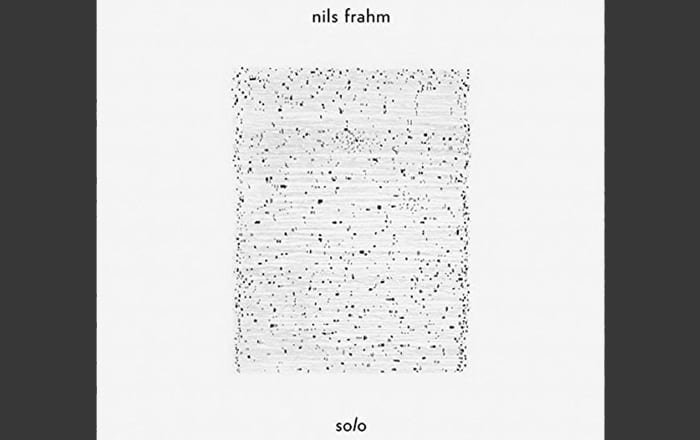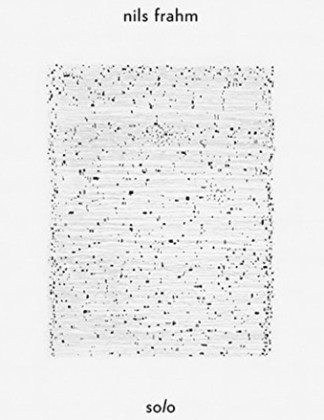https://www.youtube.com/watch?v=-giJzAPwrFA
Album Review: Nils Frahm’s ‘Solo’
From listening to Nils Frahm’s “Solo,” one would imagine that Nils Frahm was perhaps a contemporary of Erik Satie, or maybe a student of Frederick Delius. Then again, he could secretly be a Jonny Greenwood side project. Sometimes, he even resembles a pop-friendly Alan Hohvaness. He possesses both the reserved aesthetic of a neoclassical minimalist and the plaintive, melodic ear of a folk singer. He plays with a harmonic fluency that is never expressed with any bombast; rather, he has a tendency toward a kind of ambient lyricism—like a backlash against virtuosity—that often translates as a pastoral introspection. At no point does Frahm compromise harmonic variety for simplicity’s sake; nor does he veer towards tonal esoteria. At a mere 32 years of age, Frahm’s otherwise classical vocabulary is colored by the same pop archetypes as both his audience’s and his peers’, making him a sort of “layman whisperer,” able to speak coherently through the typically classical medium of solo piano to an audience generally alienated with the noesis of the contemporary classical tradition.

“Solo” was recorded on the gargantuan Modell 370, created by famed craftsman of pianofortes David Klavins. It’s an upright piano with strings as long as ten feet, making it a two-ton, two-story instrument. Klavins took an architectural approach to the Modell 370, integrating it into the building itself as would an organbuilder. It has a larger-than-usual dynamic range and improved sound quality from top to bottom, making it both a rare and truly enviable instrument.
As with many of Frahm’s recordings, there is plenty of piano “noise.” The Modell 370 has a certain soft, percussive quality in this recording, as if thin paper were taped against the surface of each hammer. It is as if a quiet “ph” sound were pronounced with each tone, and without foreknowledge of this particular piano, listeners may otherwise guess that the instrument has been prepared in the manner of a John Cage piece. Each piece from “Solo” was improvised and recorded in single takes. As such, it is more than just a flawless and stunning live performance; it’s a blend of several styles—from pop to impressionism and beyond—all under the umbrella of a concert aesthetic but in the spirit of jazz. Thoroughly unconcerned with impressing listeners, Frahm strives to create an aural space, telling a story with no plot or characters through the pure narrative of absolute music.
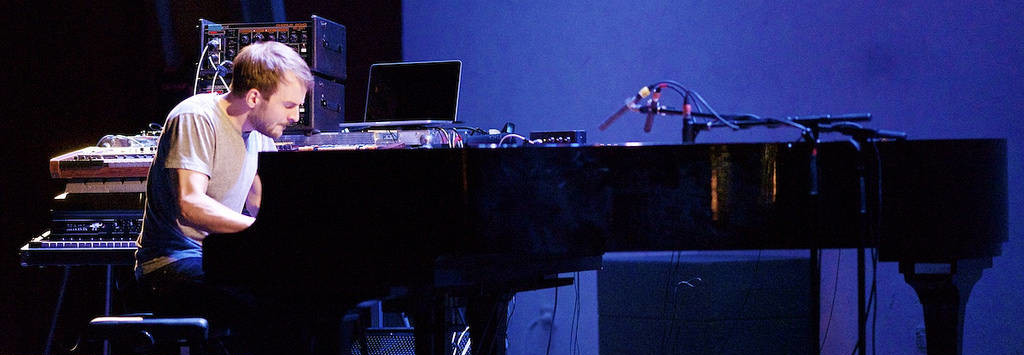
“Ode” begins with four chords that are given plenty of room to breathe, as is the entire piece. Restrained and somber yet optimistic and joyful, it sounds remarkably like Percy Grainger. A melancholy and Dorian “Some” is even more withdrawn, at times distantly evoking Chris Isaac’s “Wicked Game.” “Circling” begins with a slow, circumambulatory counterpoint that repeatedly threatens to break away into something melodic but never fully does, instead pulling back into its undulating hemiola by its own gravity.
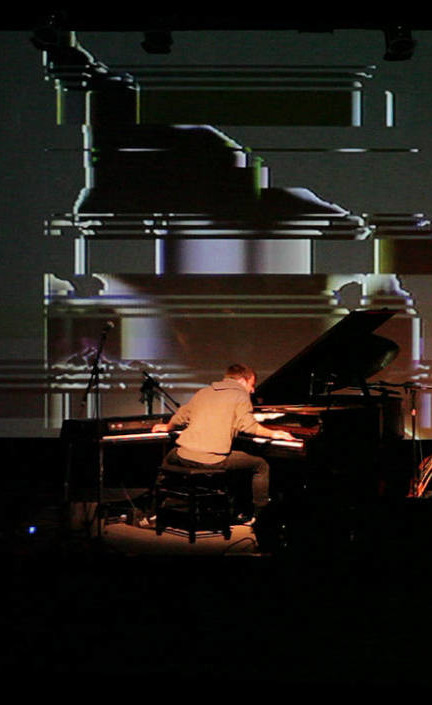
In a higher register, “Merry” is a waltz appropriate for some century-old music box, and “Chant” follows with an ametric tune over low, sustained tones. In this piece, the sensitivity of the Modell 370 becomes very apparent, as these pianissimo tones speak purely with nearly no audible attack and incredible sustain, like an electric bass guitar—an effect entirely unattainable on even the finest grand piano.
Tall, pulsating chords introduce “Wall,” which closely imitates Steve Reich as chords swell and wane, flowing slowly into one another, shifting voice by voice within a gridlike, almost militant rhythmic envelope. The plectrum-like effect of the instrument’s attack seems exaggerated here, creating a ticking-clock texture that’s reminiscent of “Fast,” the first movement of Reich’s “Electric Counterpoint.” However, the piece itself also has a kind of dark, insistent cadence that somewhat recalls Thom Yorke’s “Cymbal Rush” from his 2006 release, “The Eraser.”
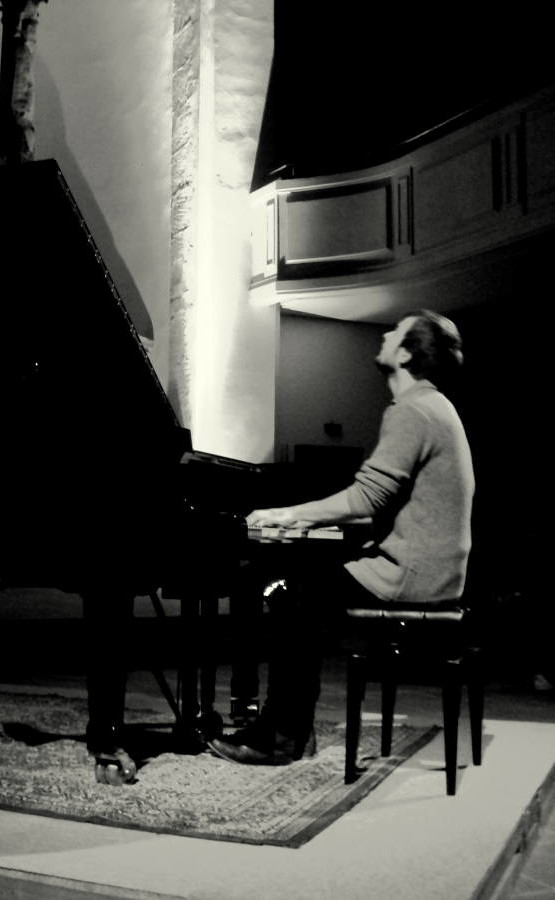
“Immerse!” follows in the vein of “Chant,” with ornamented, Arabesque lines that caper gracefully over a low drone. The album closes with “Four Hands,” a fluid kaleidoscope of quiet trills and arpeggia so florid as to seemingly betray the likelihood of performance by a single pianist. One can even hear Frahm’s gentle breath as he softly weaves an intricate tonal web with ghostly dexterity. Like “Uranus,”—the closing movement from Gustav Holst’s orchestral suite, “The Planets”—“Four Hands” floats from Frahm’s fingertips like an ethereal mist, descending, lingering, and ever so slowly settling before dispersing entirely.
Not since ornately tattooed concert pianist Christopher O’Riley gained widespread attention with his album tributes to Radiohead, Elliott Smith, and Nick Drake has the solo piano been so relevant and accessible to the public. With “Solo,” Nils Frahm pushes pause on the modern psyche and brings the artistry of “classical” music to the forefront without resorting to gimmicks. This immaculate collection is the perfect recording to play for an intimate gathering with family or friends or alone on a solemn, rainy night.

